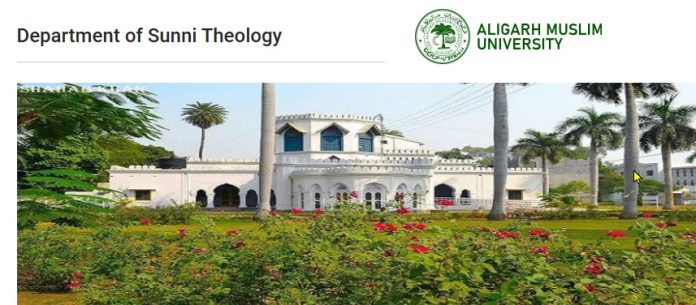Aligarh: Students at Aligarh Muslim University are expanding their religious studies beyond Islam, exploring Hinduism, Sikhism, Buddhism, Jainism, and Christianity. The Department of Religious Studies, traditionally focused on Sunni Islamic theology, now encourages comparative study, enabling Muslim students to understand multiple faiths alongside their own.
In the Sunni Theology Department, students study texts like the Vedas and Puranas, alongside Islamic teachings. Abdul Samad, a BA student in Sunni Theology, explained that learning about other religions helps students appreciate their values and practices, promoting harmony in a diverse society. He noted that many principles in Islam resonate with Hinduism, providing a foundation for deeper interfaith understanding.
The department’s head, Professor Mohammad Rashid, emphasized that studying various religions—including their philosophies, rituals, and histories—broadens students’ perspectives. Such learning helps students understand why people hold particular beliefs or follow specific practices. It also plays a key role in reducing religious intolerance, prejudice, and extremism.
AMU’s Sunni Theology Department has a rich legacy, shaped by scholars such as Maulana Saeed Ahmad Akbarabadi, Professor Qazi Mazharuddin Bilgrami, Professor Fazlur Rahman Ginnori, Professor Taqi Amini, and Professor Janus Sajid Siddiqui. These scholars have authored hundreds of books in multiple languages and contributed to global religious scholarship. Notable alumni include former Union Home Minister and Jammu-Kashmir Chief Minister Mufti PM Sayeed, former AMU Vice-Chancellor Professor Akhtarul Wase, and IGNOU leaders Professor Basir Ahmad Khan and Professor Ashfaqur Rehman.
The department continues to provide students with tools to engage in interfaith dialogue, fostering understanding and coexistence in India’s multicultural society.




